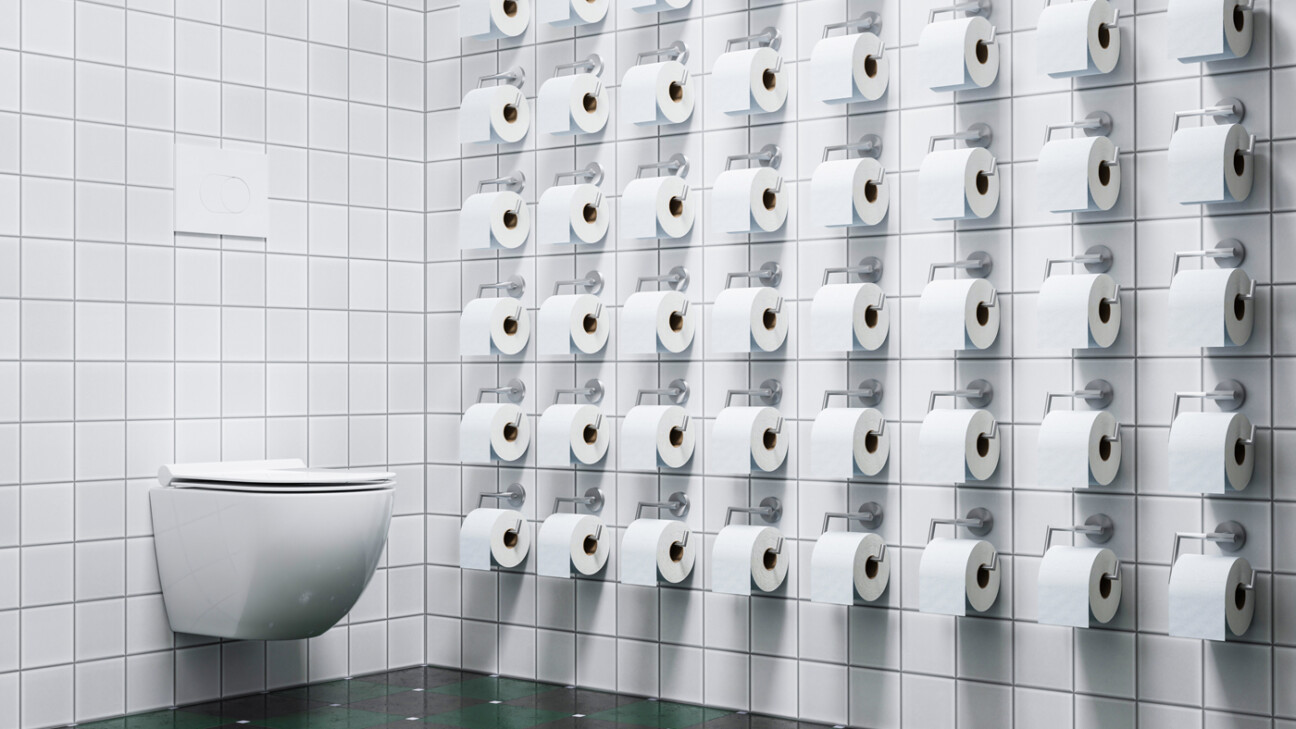
12.03.24
Paper: more than just pulp
In our new series of articles, we are focusing on a topic that is often underestimated despite its ubiquitous presence in our daily lives: the role of paper in terms of hygiene and cleanliness. From the indispensable toilet paper that no bathroom should be without, to the paper towels that find their place in kitchens and washrooms, to specially developed cleaning rolls that are used in industrial and commercial contexts.

Paper: an indispensable part of our everyday lives
Paper is almost omnipresent in our daily lives. Even in times when digitalization is playing an increasingly important role in our everyday lives, it seems almost impossible to imagine a life without paper altogether. Paper products play a central role, particularly in the area of personal hygiene. For example, it seems unthinkable to have to do without toilet paper. Although there are alternatives in washrooms, products such as toilet paper and paper towels are so deeply ingrained in our everyday habits that life without them is practically beyond our imagination. It is only when we stand in front of an empty holder in the bathroom or try to reach for a paper towel in the kitchen and cannot find one that we realize the essential role that these hygiene products play in our everyday hygiene routine.
In this series of articles, we not only highlight the many uses and importance of paper products in our everyday hygiene routine, but also take a look at the innovative development and sustainable aspects associated with the production of these seemingly mundane products. The lion’s share of the paper we use for our everyday needs (apart from recycled paper) is made from virgin pulp.
But how does the fascinating process of turning a tree into paper take place?
From tree to paper: the fascinating manufacturing process
The starting point for paper production is plant biomass, more specifically cellulose, an organic polymer found in all plants – from tiny algae to the everyday blade of grass to the majestic sequoia tree. Cellulose is a complex carbohydrate that supports the cell walls of plant cells and provides their strength and structure. The term “cellulose” refers to the cellulose extracted from plant material by chemical or mechanical means, which is then purified and suspended in water to ultimately produce paper. Due to its specific properties, however, wood is the preferred raw material. A distinction is made here between long fibers (2-3 mm), which are primarily obtained from coniferous wood, and short fibers (around 1 mm), which come from deciduous wood. In principle, both fiber types are ideal for the production of paper.
Wood consists of around 40-60% cellulose fibers, which are the most important component for pulp and ultimately paper production. These fibers must be extracted from the wood, a process in which other substances contained in the wood, such as lignin and hemicellulose, which give the tree its strength and structure, are also separated in a chemical process.
In order to obtain the fibers required for paper production, the bark is first removed from the tree. The resulting barkless trunks are then chopped into smaller pieces, which are further processed into chips in a chipping machine. In the subsequent steps, the wood chips are then further chopped, sanded or ground to release the required wood fibers.
The resulting material is then placed in a pressure vessel, also known as a stove, where it is cooked for several hours at temperatures of up to 190 degrees Celsius. By adding special chemicals, unwanted substances such as lignin or hemicellulose are released from the cellulose fibers. The resulting pulp now consists mainly of the required fibers and water. As the pulp becomes discolored during the process, it is then washed and bleached if necessary. In the final step, the fibers are dried, pressed into blocks or sheets and are thus ready for further processing in paper mills.

Papermaking: an artful process
However, the production of paper is not a purely mechanical process; rather, it is a carefully coordinated interplay of different process steps that determine the final product in its various qualities and properties. After the pulp, now ready to be transformed into paper, has found its way through the cleaning and bleaching processes, perhaps the most creative part of the process follows: the papermaking itself.
In the paper mill, the cleaned and bleached pulp is mixed with water to create a liquid suspension. This suspension is then poured onto a continuously moving screen, known as the wire section of the paper machine. Here the water begins to drain and the pulp fibers begin to bind together. By using press rolls, further water is removed and the fibers are pressed together even more tightly. The now firm but still moist paper is then passed through drying sections where it is dried by hot air or direct contact with heated rollers.
The versatility of paper and its appreciation
The final treatment of the paper can vary depending on the desired end product. Some types of paper are smoothed, coated or treated with special chemicals to achieve certain properties such as writeability, gloss, weight or water resistance. Finally, the finished paper is rolled up or cut into sheets and is ready for shipment to manufacturers who further process it into books, magazines, hygiene products and a variety of other paper goods.
This complex process reflects the amazing transformation of wood into one of the most versatile and widely used materials in the world. By understanding the steps necessary to produce paper, we gain a deeper appreciation for the products that emerge from this process, as well as the resources and labor that go into making them.
Sustainability and innovation in the paper industry
It is this appreciation that encourages us to use paper responsibly, whether through conscious consumption, recycling or supporting sustainable forestry practices. In a world increasingly focused on sustainability, the paper industry remains at the forefront of driving innovation that not only reduces environmental impact, but also ensures the quality and availability of these essential products for future generations.


Tell us what you think
Be the first to comment this post.
You must be logged in to leave a comment.